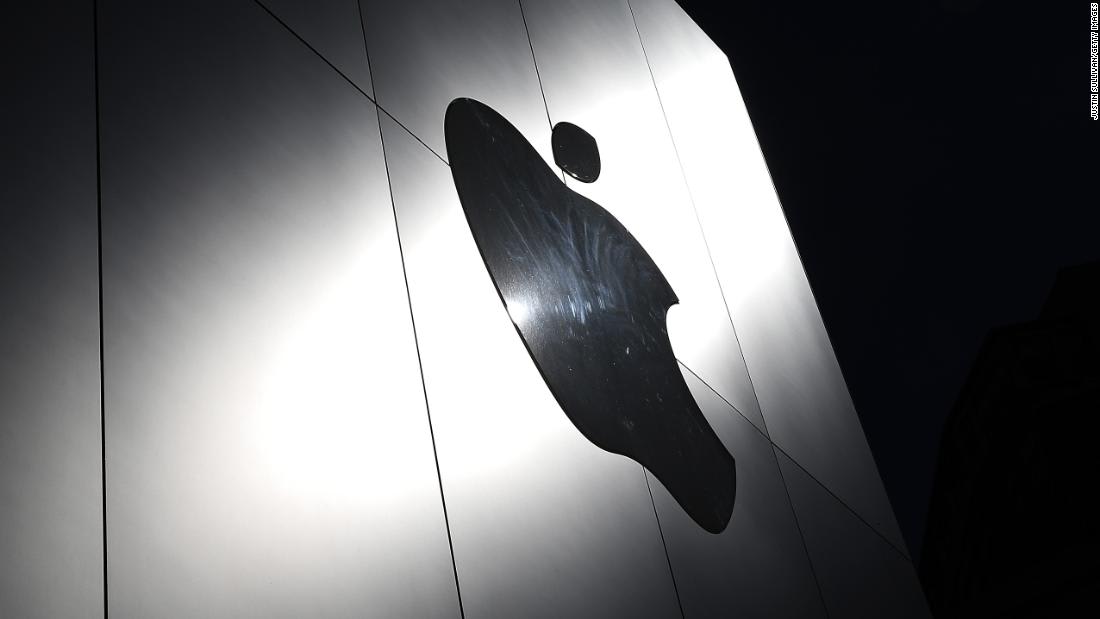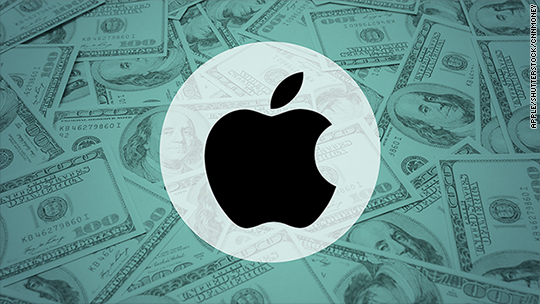Apple sells a lot of AirPods. Its subscription products are doing great, and people are still buying up Apple Watches. But the company's bread and butter is struggling. CNN Business' Seth Fiegerman explains Apple's (AAPL) new iPhone reality, and gets to the heart of Tuesday's earnings report.
This is essentially Apple's new pitch to investors: The iPhone product line, which has long been Apple's core business, may be in decline, but other product categories are growing fast to pick up the slack.
For the first time in years, Apple did not disclose the number of iPhones sold. But it did provide more details on the strength of its newer wearables product line as well as its Services category, which includes Apple Pay, Apple Care and Apple Music.







